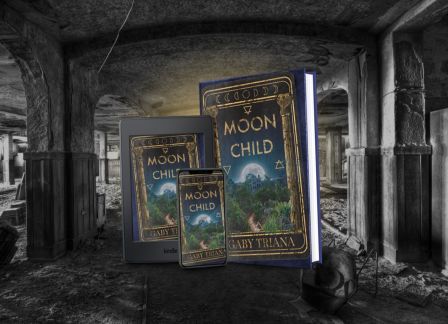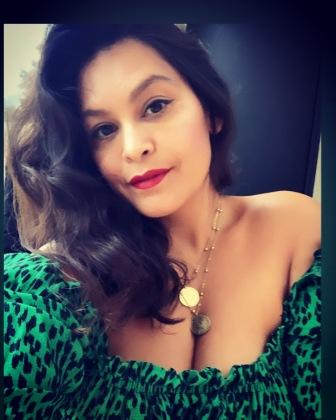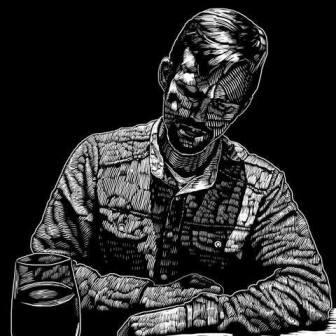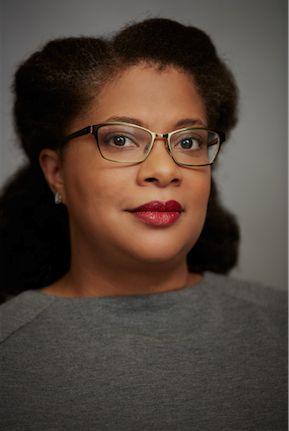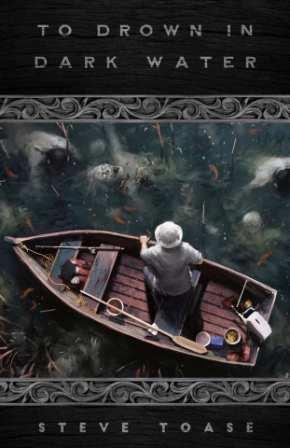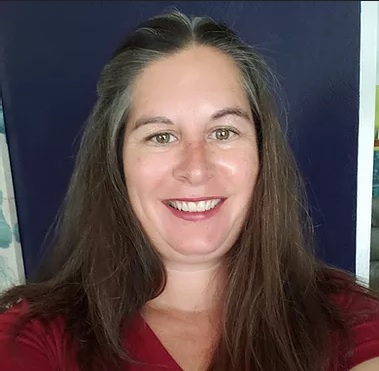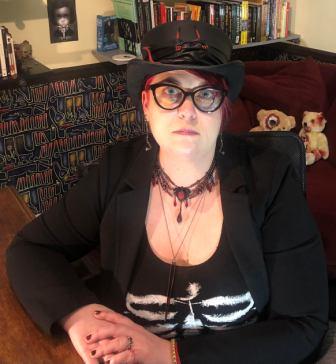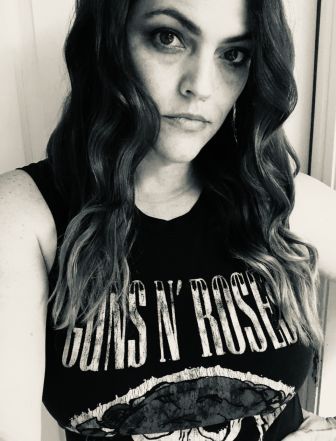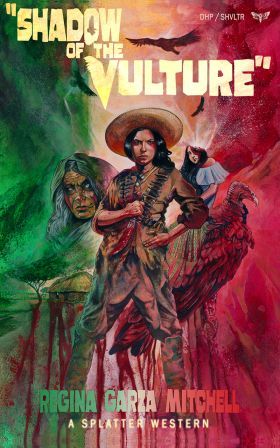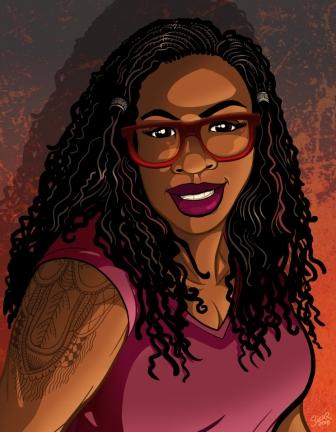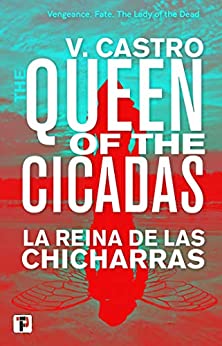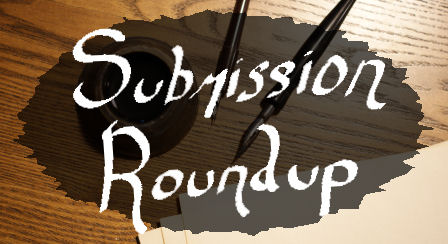Welcome back for the final part of our June roundtable! Today, I talk with these nine featured authors about the lessons they’ve learned over the years as well as what they’ve got planned next!
So without further adieu, let’s get started, shall we?
What’s the most important lesson you’ve learned so far as a writer?
GABY TRIANA: Write for yourself. If you set out with a person in mind you want to impress, be that an editor or a family member or that girl who made fun of you in 11th grade, you won’t get satisfaction. Write the story that you want to read, and others will join you on your journey.
ZIN E. ROCKLYN: The first draft always sucks.
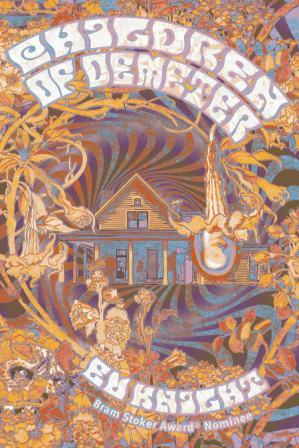 EV KNIGHT: Just keep going. Keep writing even when the rejections come, because they will and they do, you have to believe in yourself and keep going.
EV KNIGHT: Just keep going. Keep writing even when the rejections come, because they will and they do, you have to believe in yourself and keep going.
REGINA GARZA MITCHELL: Never give up. Most people are not going to be successful right away. A lot of rejection is involved, and you have to take the valuable lessons from that and ignore what doesn’t fit. Not everyone is going to like your work, and your job is to do the best you can with it until you find the right fit. It might look different than you expect, but that can be a beautiful thing. Along with that lesson is another one: define your own success. It is easy to fall into the trap of comparing yourself to others and feeling “lesser” because of it. The only goals you need to worry about are your own.
STEVE TOASE: Be inspired outside writing. It’s very easy to get focused on reading books in your genre, which of course is important but the fresh ideas to make your work distinctive come from other places such as art, place-names or even old postcards.
It might just be a fragment of a sculpture or a song that sums up a particular mood, but these other influences make ideas sing.
One of the stories in To Drown in Dark Water was inspired by part of a painting, and another by a post from Messy Nessy Chic collecting together photos of abandoned greenhouses. At university I studied archaeology and we covered dendrochronology. That information about the fluctuations in tree rings due to growing seasons was the inspiration for DENDROCHROMATIC DATA RECOVERY REPORT 45-274, my story in Analog about trees used as computer servers where the growth rings are data sectors.
EDEN ROYCE: Be patient. That has never really been my strong suit, but I’m realizing more and more that having patience in this industry is crucial and it rarely goes amiss.
V. CASTRO: To be yourself and don’t compare your journey to anyone else. Social media can make this difficult because there are always announcements coming through the feed. Don’t be discouraged because you never know their journey or what they have gone through to get there.
As a woman this can be especially frustrating, but I think publishers are becoming more inclusive.
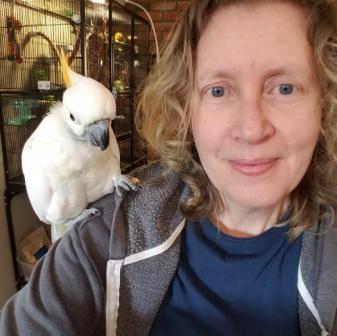 MARIA HASKINS: That writing for me is a bit like when a cartoon character runs off a cliff and is still able to stay in the air as long as they believe they’re on solid ground. When doubt, and self-doubt crawls in, it’s easy to feel like you’ll plummet into the abyss. I have to just sort of ignore it when it gets bad and that’s not always easy. I think for me, the lesson I’ve learned is if I keep doing the work, writing the words, thinking about the words, even when it’s hard to find the time for it, even if I take only small steps forward, I can still get somewhere. Doubt is part of the process, and I just have to work through it.
MARIA HASKINS: That writing for me is a bit like when a cartoon character runs off a cliff and is still able to stay in the air as long as they believe they’re on solid ground. When doubt, and self-doubt crawls in, it’s easy to feel like you’ll plummet into the abyss. I have to just sort of ignore it when it gets bad and that’s not always easy. I think for me, the lesson I’ve learned is if I keep doing the work, writing the words, thinking about the words, even when it’s hard to find the time for it, even if I take only small steps forward, I can still get somewhere. Doubt is part of the process, and I just have to work through it.
S.L. EDWARDS: Don’t be hard on yourself. It is very, very easy to do so. I sold no new stories in 2020. And it just…really cut into my ego to the point that I very publicly flirted with just giving up. Better writers than me have quit, after all.
But maybe tell yourself that the voices in your head may just be damn liars.
So what’s next for you?
GABY TRIANA: I’m working on a weird occult detective horror series featuring an older woman protagonist, and I have a short story coming out in Weird Tales #365. Life is good!
ZIN E. ROCKLYN: More writing! I hope to have my next novella (a weird western) done soon!
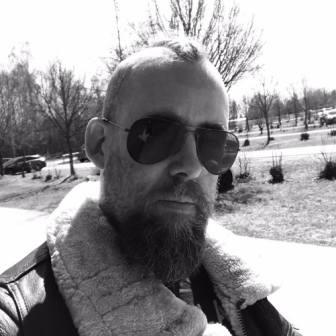 STEVE TOASE: I’m currently preparing for a commission with Les Ensembles 2.2 for Esch2022 European Capital of Culture in Luxembourg. For that project I’m paired with a composer and we’ll be collaborating to produce some site specific work.
STEVE TOASE: I’m currently preparing for a commission with Les Ensembles 2.2 for Esch2022 European Capital of Culture in Luxembourg. For that project I’m paired with a composer and we’ll be collaborating to produce some site specific work.
I have a couple of novels and a novella I’m currently trying to find homes for.
I have a new novel in the planning stages set in the same world as my short story Flick of the Wyvern’s Tale. I’m also still regularly writing short stories with work coming out in Nightmare and Nightscript in the near future. As long as I’m busy, I’m happy!
REGINA GARZA MITCHELL: I am shopping around a nonfiction book about the author Ruby Jean Jensen. I’m finishing up a story for an anthology that is due in July, and I have a story appearing in Nightscript 7 this fall.
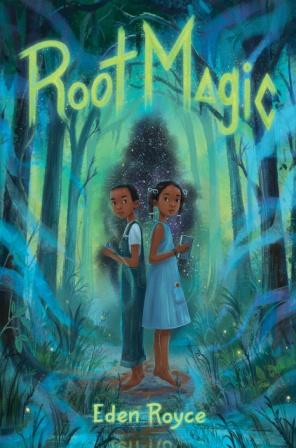 EDEN ROYCE: I’ve already turned in my second middle-grade book and am waiting for edits. I have a fun horror project upcoming that I’m super excited about and I’m currently writing a YA Southern Gothic horror novel.
EDEN ROYCE: I’ve already turned in my second middle-grade book and am waiting for edits. I have a fun horror project upcoming that I’m super excited about and I’m currently writing a YA Southern Gothic horror novel.
V. CASTRO: I have an agent now so I will be shopping around another novel. The rest is up to the universe.
EV KNIGHT: I’m quite excited about my next two novels. The first of the two is about halfway completed and is a twist/retelling of Dracula with a focus on the female heroes by way of “newly discovered journals and letters”.
The second is a fictionalized take on a true story from my hometown that occurred when I was seventeen. I was inspired by Ketchum’s The Girl Next Door mixed with a little of King’s Gerald’s Game and The Girl Who Loved Tom Gordon. This one is in the research/outlining stages but it is starting to look like a terrifying “this could actually happen to someone” story.
MARIA HASKINS: More writing! I’m working on a novella, and I might have a collection of flash fiction in the works as well. I also have a story in an anthology coming from Laksa Media this year. The story is called “When Resin Burns to Tar” and it’s in the anthology Seasons Between Us.
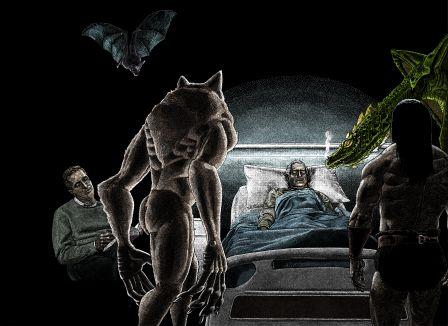 S.L. EDWARDS: Whiskey and Other Unusual Ghosts 2.0! Scarlett, Yves and I are working again on a rerelease of the book for 2022. All of Yves’ original art will be included, and I’ll be writing some new stories to make it worth the time of collectors. But if you collect my stories…please don’t ever tell me that. You’ll make me blush.
S.L. EDWARDS: Whiskey and Other Unusual Ghosts 2.0! Scarlett, Yves and I are working again on a rerelease of the book for 2022. All of Yves’ original art will be included, and I’ll be writing some new stories to make it worth the time of collectors. But if you collect my stories…please don’t ever tell me that. You’ll make me blush.
Beyond that, there is another project due for a tentative 2022 release. At the time of writing, I can’t talk about it, but it is a dream and I am working with a dream publisher on it.
After that? Who knows? I’m in no rush and I’m not going anywhere either.
Huge thanks to these fabulous featured authors! Be sure to check out their new books, and keep your eye out for what they’ll be releasing in the future!
Happy reading!

